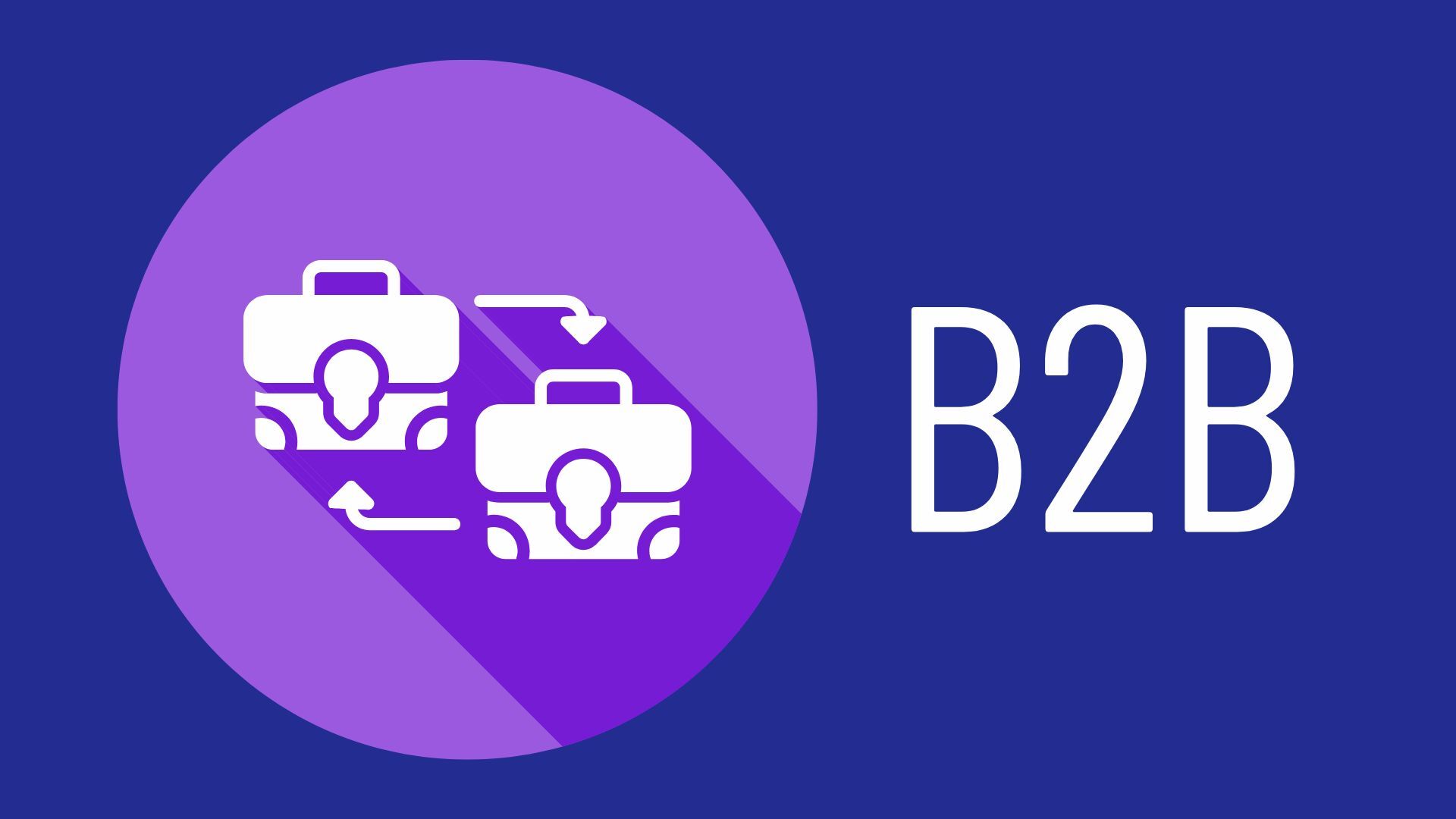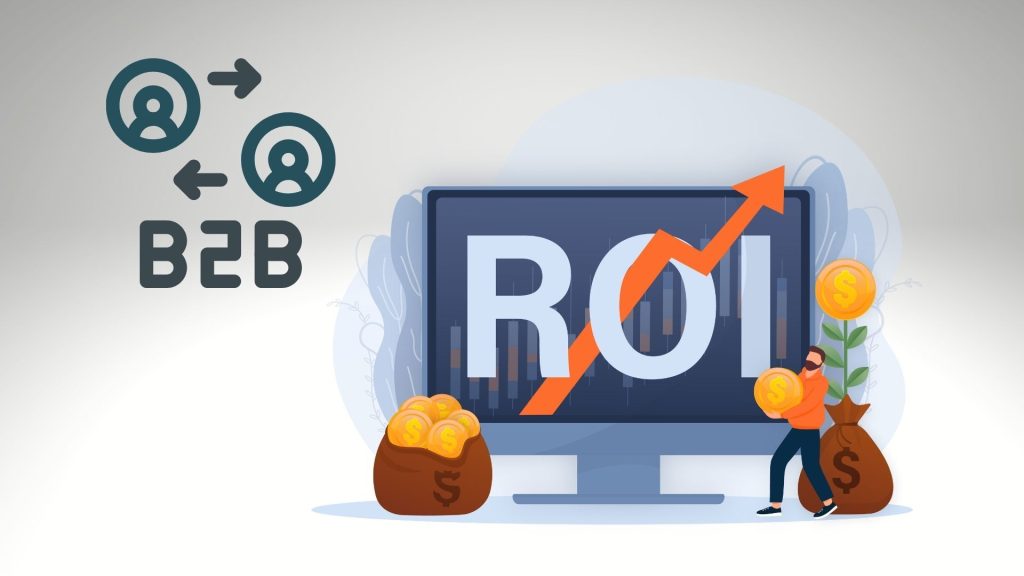How To Plan A B2B Marketing Campaign

Planning a B2B marketing campaign isn’t just about launching ads or sending emails; it’s about navigating long sales cycles, multiple stakeholders, and high-value deals where a single misstep can cost opportunities. Unlike B2C marketing, where decisions are often impulsive, B2B buyers move cautiously and expect tailored, evidence-driven engagement. Without a clear strategy, campaigns risk wasting budgets and weak ROI. This guide breaks down how to create a structured plan that connects marketing with business goals, resonates with the right audience, and drives measurable results.
Key Takeaway:
An effective business marketing campaign requires a structured plan: define measurable goals, understand target audiences, align sales and marketing, select the right channels, and track performance for ongoing optimization. This process ensures campaigns generate qualified leads, support revenue growth, and improve with each launch.
What Is a B2B Marketing Campaign?
A B2B marketing campaign is a coordinated set of strategies and activities designed to promote products or services from one business to another. Unlike one-off promotions, a campaign follows a structured plan with defined goals, target audiences, messaging, and success metrics.
At its core, a B2B campaign is about moving potential buyers through a longer, more complex decision-making process. It typically involves:
- Multiple decision-makers evaluate solutions from different perspectives, including finance, operations, IT, and leadership.
- Longer sales cycles, where prospects conduct in-depth research, request demos, and compare alternatives before committing.
- Higher-value transactions, where purchases often impact an organization’s budget, efficiency, or long-term strategy.
Because of these dynamics, successful campaigns focus less on quick wins and more on building trust, demonstrating expertise, and aligning solutions with business challenges. Whether the goal is generating qualified leads, nurturing prospects, or closing deals, every campaign must be anchored in strategy, not tactics alone.
Understanding Your Audience and Market
Every effective B2B campaign begins with clarity on who you’re trying to reach and what drives their decisions. Unlike consumer marketing, where purchase motivations may be emotional or impulsive, B2B buyers weigh business impact, ROI, and risk. This makes audience definition the foundation of your entire strategy.
An ICP outlines the type of company that benefits most from your solution. Industry, company size, revenue, and core business challenges should all be considered. By setting these criteria, you ensure campaigns focus on organizations that are the best fit—reducing wasted effort and budget.
Personas represent the decision-makers and influencers inside those target companies. Go beyond job titles to capture responsibilities, pain points, success metrics, and preferred communication channels. For example, a CFO may care about cost savings while an IT manager values integration and reliability.
Competitive analysis highlights gaps to exploit, while industry reports reveal shifting priorities. Direct customer feedback provides insights you can’t find elsewhere. Combine these inputs with buyer journey mapping, awareness, consideration, and decision to understand what stakeholders need at each stage and tailor your messaging accordingly.
Setting Clear Campaign Goals and Objectives
Campaigns without well-defined goals often waste resources and fail to demonstrate impact. Establishing specific, measurable objectives ensures your efforts are focused and tied directly to business outcomes, not vague ambitions like “increase visibility.”
Strong goals are concrete and trackable. For example, generating 500 qualified leads in a quarter, securing 50 product demos, or increasing pipeline value by a set percentage. Frameworks like SMART goals (Specific, Measurable, Achievable, Relevant, Time-bound) or OKRs (Objectives and Key Results) help translate big-picture aims into actionable targets.
Marketing objectives shouldn’t exist in isolation. They need to support sales priorities and the company’s broader strategy, whether that’s entering a new market, deepening relationships with existing accounts, or building category authority. Clear goals also shape tactical choices, influencing the type of content you create, the channels you prioritize, and how you allocate budget.
Keyword and Message Research
Understanding how prospects describe their challenges and search for solutions is critical to shaping an effective campaign. Keyword research goes beyond ranking in search engines; it reveals the terminology, pain points, and intent signals that guide your audience’s decision-making. Focusing on buyer-specific queries, commercial-intent terms, and industry language ensures your messaging mirrors how real decision-makers communicate and search.
The insights from keyword research should flow directly into your messaging strategy. Core value propositions must address the specific responsibilities, challenges, and priorities of each persona. At the awareness stage, emphasize education and thought leadership; in consideration, focus on differentiation and proof; and in decision, highlight ROI and implementation ease. This alignment makes your campaign not just discoverable, but also credible and persuasive at every step of the journey.
Planning Your Content Strategy
Content is what turns your campaign from strategy into execution. The right mix of formats, such as case studies, webinars, whitepapers, or industry research, guides buyers at different points in their journey. Educational resources attract early-stage interest, detailed comparisons support evaluation, and customer success stories provide reassurance at the decision stage. Each format should have a clear purpose in moving prospects closer to action.
Equally important is aligning content with your campaign objectives. If the goal is lead generation, prioritize high-value resources that encourage sign-ups or demos. If the focus is thought leadership, create data-driven insights and forward-looking perspectives that speak to senior decision-makers. Across all pieces, consistency in tone, voice, and branding reinforces credibility, helping your company stay recognizable and trusted throughout multiple touchpoints. Your content strategy should be aligned with a broader digital marketing approach to drive engagement and support sales objectives.

Choosing the Right Distribution Channels
Even the best content will underperform if it doesn’t reach decision-makers where they are most active. Channel selection should be based on audience behavior, where they spend time, how they prefer to consume information, and what motivates engagement. Owned media, such as your website and email list, offer control and cost efficiency. At the same time, paid platforms like LinkedIn Ads or Google Ads help scale campaigns by targeting high-intent traffic with precision.
For professional audiences, LinkedIn remains one of the most effective platforms, offering filters by job title, industry, and company size. Email remains a reliable channel for nurturing leads, particularly when campaigns are segmented by persona or stage in the buying journey. Earned media, such as PR coverage, guest contributions, or strategic partnerships, can amplify reach without additional ad spend. A coordinated multi-channel approach works best, but every channel must have a defined purpose: one may generate awareness, another nurture interest, and another drive conversions. This focus prevents wasted budget and ensures each interaction reinforces your campaign’s message.
Budgeting, Resources, and Roles
A well-structured budget ensures campaigns run efficiently and adapt to changes without derailing results. Break down costs across major areas: content development, paid distribution, technology tools, and analytics, and distinguish between fixed commitments (like software licenses) and flexible spend (such as ad placements). This approach gives you both control and agility, allowing for mid-campaign adjustments based on performance data.
Equally important is defining who is responsible for each piece of execution. From content creation and design to campaign monitoring and reporting, every task should have a clear owner. Whether managed in-house or with external partners, accountability reduces bottlenecks and keeps teams aligned. Early coordination between marketing, sales, and technical contributors helps streamline workflows, maintain realistic timelines, and ensure that every resource is used effectively.
Execution and Timeline
Even the strongest strategy will fall flat without disciplined execution. A detailed timeline keeps campaigns on track by mapping out every stage, from content creation and reviews to approvals, launch dates, and reporting checkpoints. Sequencing activities is critical: awareness-building content should roll out first, followed by nurturing assets, and finally conversion-driven offers. This staggered approach ensures prospects experience a logical, engaging journey instead of being overwhelmed all at once.
Coordination is just as important as timing. Use project management tools to centralize communication, assign clear deadlines, and maintain visibility across teams. Regular check-ins help identify bottlenecks early, while shared accountability keeps everyone aligned with campaign objectives. The result is a smoother launch, fewer last-minute setbacks, and a campaign that executes as strategically as it was planned.
Measurement and Optimization
Tracking performance is what separates effective campaigns from wasted effort. Start by defining KPIs that connect directly to your objectives, whether that’s lead volume, cost per acquisition, conversion rates, or overall pipeline contribution. These metrics provide a clear benchmark for success and help demonstrate marketing’s impact on business outcomes.
Set up your analytics infrastructure before launch to avoid gaps in data. Use tools like Google Analytics, CRM integrations, and marketing automation platforms to capture activity across every touchpoint. Monitor results continuously, but focus on actionable insights rather than vanity metrics. Ongoing optimization, such as refining audience targeting, adjusting budget allocation, or A/B testing creative, ensures your campaign improves while in motion. Just as importantly, use post-campaign analysis to identify lessons and refine strategies for future initiatives.
Sales & Marketing Alignment and Lead Nurturing
For a campaign to deliver measurable revenue impact, sales and marketing must operate as one system rather than separate functions. This starts with agreeing on what qualifies as a lead, setting scoring criteria that reflect buyer readiness, and defining clear handoff processes. When both teams share visibility into the funnel, prospects are less likely to be lost or neglected, and opportunities move through the pipeline faster.
Lead nurturing is equally critical. A single download or form fill rarely translates into a deal, so ongoing engagement is needed to build trust and urgency. Email workflows, retargeting campaigns, and tailored content keep your company top of mind as prospects progress toward a decision. Continuous feedback between sales and marketing helps refine messaging, ensures follow-up is timely and relevant, and creates a cycle of improvement that strengthens every future campaign.
Risk Management and Contingency Planning
Even the strongest campaigns encounter setbacks, whether it’s ads failing to deliver, delays in content production, or budgets running over. Without preparation, these issues can stall momentum and waste resources. Building risk management into your planning means identifying potential weak points early and outlining contingency actions before problems surface.
Flexibility is the safeguard. Allocate a portion of your budget and timeline as a buffer, giving you room to adjust without derailing the campaign. If a paid channel underperforms, resources can be shifted toward organic tactics or higher-converting platforms. If engagement falls short, revisiting audience segmentation or refining messaging can bring performance back on track. By anticipating challenges and planning responses in advance, you maintain control even when conditions change.
Conclusion
Successful marketing campaigns don’t happen by chance; they are the result of structured planning, disciplined execution, and constant refinement. By defining clear objectives, understanding your audience, aligning teams, and preparing for risks, you give your campaign the foundation it needs to perform reliably.
The reward for this discipline is more than short-term results: it’s stronger relationships with prospects, better collaboration between sales and marketing, and measurable contributions to long-term growth. Treat each campaign as both an execution plan and a learning opportunity, and you’ll build a system that improves with every launch.


